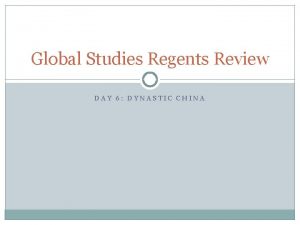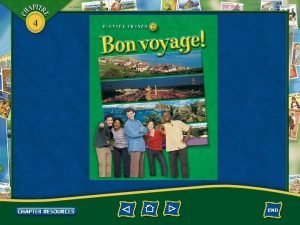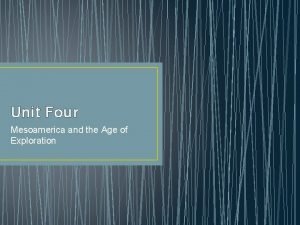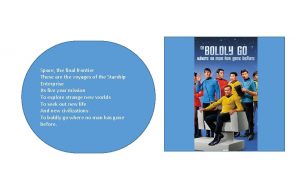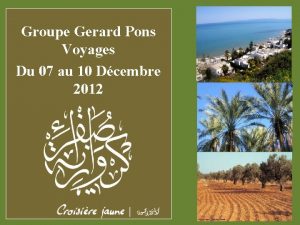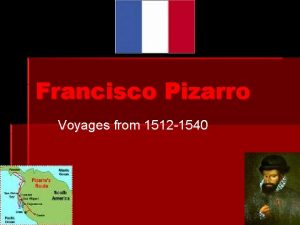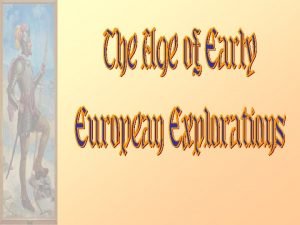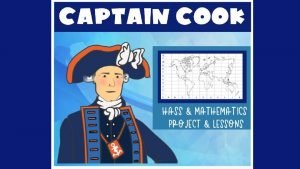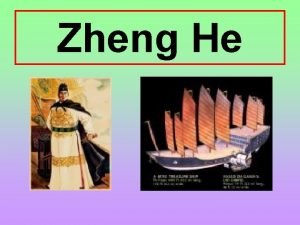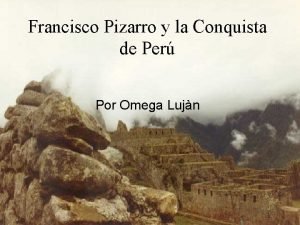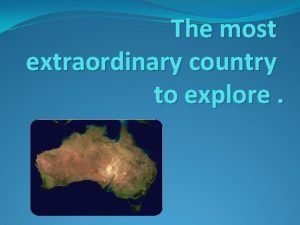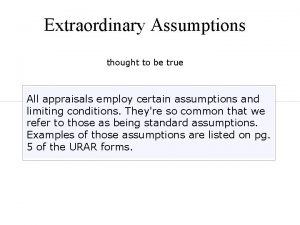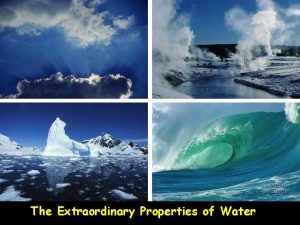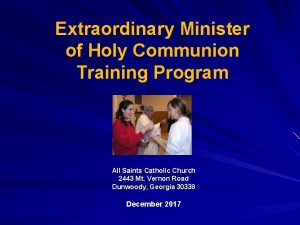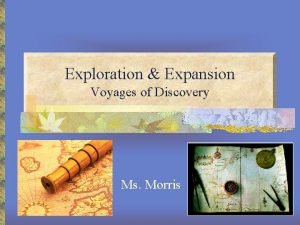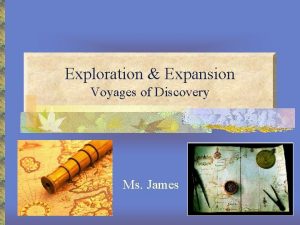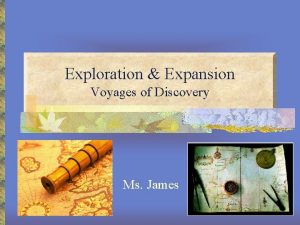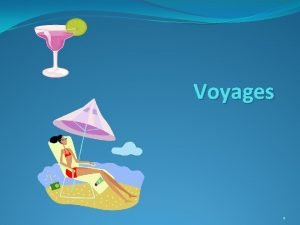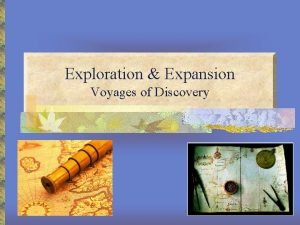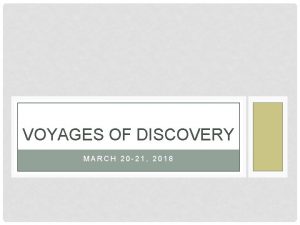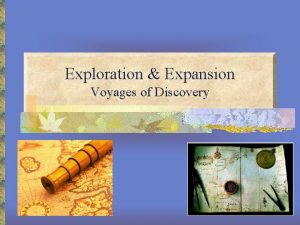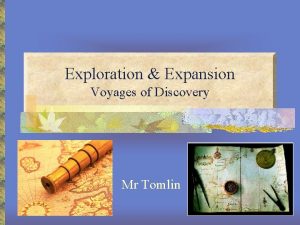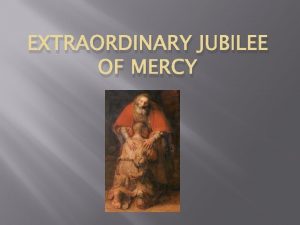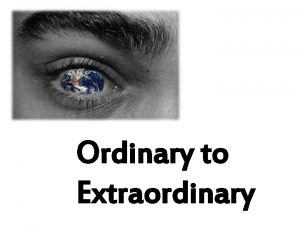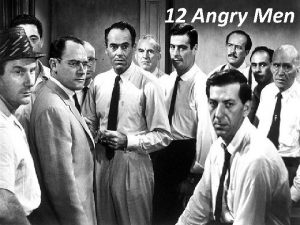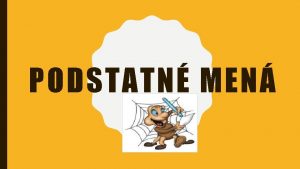Two different men Two different voyages One extraordinary























- Slides: 23

Two different men… Two different voyages… One extraordinary idea… Charles Darwin Alfred Russell Wallace and the Theory of Evolution by Natural Selection

“Evolution is just a theory…” Before we continue, let’s clear something up… A scientific theory is a well-substantiated explanation of some aspect of the natural world that is acquired through the scientific method, and repeatedly confirmed through observations and experimentation. A scientific theory doesn’t become fact, a scientific theory explains connections between facts. It’s like an umbrella, under which are facts, observations, and inferences that are tied together by theory.

Charles Darwin Feb. 12, 1809 ~ Apr. 19, 1882 English naturalist/geologist Journeyed around the world on board the HMS Beagle from Dec. 27, 1831 – Oct. 2, 1836 Noted similarities and differences between species on South America and the Galapagos Islands Upon return to England, and after much thought and consideration, put forth his theory of evolution by means of natural selection. Based on observations from his Beagle journey, as well as from selective breeding observations of dogs and pigeons.

The Voyage of the HMS Beagle Dec. 27, 1831 – Oct. 2, 1836

Darwin’s survey of South America and the Galapagos Archipelago would lead him to question how the creatures of the Galapagos came to be. This journey, as captured in his very detailed notes, served as the basis for later work, including his now famous book, published in 1859, titled: “On the Origin of Species by Means of Natural Selection, or The Preservation of Favoured Races in the Struggle for Life” His theory, as stated in the introduction of the book, set the stage….

“As many more individuals of each species are born than can possibly survive; and as, consequently, there is a frequently recurring struggle for existence, it follows that any being, if it vary however slightly in any manner profitable to itself, under the complex and sometimes varying conditions of life, will have a better chance of surviving, and thus be naturally selected. From the strong principle of inheritance, any selected variety will tend to propagate its new and modified form. ” Darwin, Charles (1859), On the Origin of Species by Means of Natural Selection, or the Preservation of Favoured Races in the Struggle for Life , p. 5

Wallace arrived in Singapore in September of 1854, and would spend nearly eight years collecting in the Malay Archipelago. His journeys totaled more than 14, 000 miles, and he collected over 125, 000 specimens, including almost 110, 000 insects, 7500 shells, 8050 bird skins, and 410 mammal and reptile specimens, including probably more than 5000 species new to science.

In 1858, while suffering from what was most likely malaria, Wallace realized that natural selection must be the mechanism behind evolutionary change. He wrote a detailed account of that idea and sent it to Darwin. Shocked that someone else had come to the same conclusions he had, and afraid he would lose the credit for his discovery, Darwin consulted his good friends, geologist Charles Lyell and botanist Joseph Hooker, who suggested that he write an abstract and present it, together with Wallace’s paper, at a meeting of the Linnean Society of London. It was here, finally, that theory of evolution by means of natural selection was unveiled to the world.

The Theory of Evolution (Some refer to it as “change over time”) “The process by which different kinds of living organisms are thought to have developed and diversified from earlier forms during the history of the earth. ” ~Oxford English Dictionary Or more simply put, it is a change in the genetic composition in a population over time. There are three key aspects to this: 1 – Populations evolve, individuals do not; 2 – Evolution has occurred when any genetic change happens to any number of individuals in a population; 3 – Evolution can be measured in generational time. Darwin and Wallace worked out the mechanism behind evolution, natural selection, which is a central tenet of evolution, after reading Thomas Malthus’ “An Essay on the Principle of Population” in which he stated that sooner or later, human population would be checked by famine and disease.

Building the case for Natural Selection Fact 1 – Populations can grow exponentially Fact 2 – Populations tend to remain stable Fact 3 – Resources are limited Inference 1 – Struggle for existence (limited resources) Fact 4 – Populations contain tremendous diversity Fact 5 – Variability in populations is heritable Inference 2 – Natural selection occurs within populations Inference 3 – If natural selection occurs long enough, evolutionary change results in that

What you need to know…. ~ Species – group of similar organisms that can mate and produce fertile offspring Examples of different “species” Walrus “Not a species” What we commonly call “Deer” are actually part of the Cervidae family made up of 34 species, including… Red Deer Elk Lion Mule Deer

What you need to know…. ~ Overproduction – more offspring are produced than can be supported Loggerhead Sea Turtles ~ Each female produces an average of 70 to 150 offspring ~ Young turtles are on their own after they hatch. Very few survive to maturity due to predation and competition for resources. Contrast this with animals such as: Elephants (one offspring, long gestation period, remain with herd for many years) Bears (1 -3 offspring, stays with mother for two seasons)

What you need to know…. ~ Competition – limited resources lead to competition within (intra) species and between (inter) species Intraspecies competition Limiting resource = competition within species Limiting resource More deer using resource than environment can support Leads to die-off Limiting resource Population reduced, enough resource now available to support new population size


What you need to know…. ~ Competition – limited resources lead to competition within (intra) species and between (inter) species Interspecies competition Limiting resource = competition between species And the winner is? …

What you need to know…. ~ Variations – differences between members of same species May lead to Adaptations Genetic trait that helps organism survive and reproduce Darwin first noticed that differences in the beaks of the various finches of the Galapagos Islands seemed to correspond to their particular diets (small, soft seeds vs. larger hard-shelled seeds vs. insects)

What you need to know…. ~ Adaptations – genetic trait that helps an organism survive and produce viable offspring Daphne Major This observation was confirmed years later by researchers Peter and Rosemary Grant studying finches on Daphne Major, a small island within the Galapagos Archipelago. Severe drought in 1977 caused plant life to wither. Small, soft seeds preferred by finches were quickly eaten, leaving only large, tough seeds. Those finches that were larger and had deep, strong beaks were able to open and eat these tougher seeds. They survived to produce more offspring that were larger and had deep, strong beaks. But in 1984 -85, there was an unusually heavy rainy season, resulting in more of the smaller, soft seeds and less of the larger tough seeds. This time, the birds with smaller beaks were better able to eat these seeds, and thus survived to produce more offspring.

Darwin also observed differences between iguanas on the mainland of South America and the iguanas on Galapagos. Marine iguanas on Galapagos have adapted to feed on algae that grows on the rocks along the shore. The marine iguanas are capable of swimming and feeding underwater, but must come ashore and warm themselves on the black volcanic rocks. Mainland iguanas have adaptations that allow them to climb trees for food. Land iguanas on Galapagos feed primarily on cactus.

Why are the Iguanas on Galapagos so much different than those on the South American mainland? Mainland Iguanas Evolution, due to geographic isolation. Galapagos Iguanas

“Nothing in biology makes sense except in the light of evolution. ” ~ Theodosius Dobzhansky Evolutionary geneticist (1900 -1975)

Overview Life forms reproduce and therefore have a tendency to become more numerous. The offspring differs from the parent in minor random ways. If the differences are helpful, the offspring is more likely to survive and reproduce. This means that more offspring in the next generation will have the helpful difference. These differences accumulate resulting in changes within the population. Over time, populations branch off to become new species as they become separated. This process is responsible for the many diverse life forms in the world. http: //en. wikipedia. org/wiki/Introduction_to_evolution

What you need to know…. ~ Species – group of similar organisms that can mate and produce fertile offspring ~ Overproduction – more offspring produced than can be supported ~ Competition – between and within species for limiting resource ~ Variations – differences between members of same species ~ Adaptation – genetic trait that helps organisms survive and reproduce ~ Natural Selection – a process by which individuals better adapted to environment are more likely to survive and reproduce ~ Evolution – gradual change in a species over time When done writing these down, read pages 140 to 150 in “Cells & Heredity”

What you need to know…. Vocabulary Concepts Species Overproduction Competition Species change over time – factors and influences How variations and adaptations lead to change How geographic separation of a population can lead Adaptation Variation Natural Selection Evolution Traits Scientific theory Hypothesis to change Causes of extinction Fossils Geologic Time
 Willow cabin speech
Willow cabin speech White men are saving brown women from brown men
White men are saving brown women from brown men Grand corp malade le train
Grand corp malade le train Which statement describes zheng he’s travels?
Which statement describes zheng he’s travels? Des voyages interessants answers
Des voyages interessants answers Should we celebrate the voyages of zheng he dbq answer key
Should we celebrate the voyages of zheng he dbq answer key Space the final frontier these are the voyages
Space the final frontier these are the voyages Gerard pons voyages
Gerard pons voyages Francisco pizarro voyage
Francisco pizarro voyage What is the cycle of conquest
What is the cycle of conquest Thomas cook voyages 9 rue du puits mauger 35000 rennes
Thomas cook voyages 9 rue du puits mauger 35000 rennes Zheng he voyages timeline
Zheng he voyages timeline Francisco pizarro
Francisco pizarro Are kangaroos dangerous
Are kangaroos dangerous Extraordinary life quotes
Extraordinary life quotes 4 obsessions of an extraordinary executive summary
4 obsessions of an extraordinary executive summary Extraordinary assumption appraisal
Extraordinary assumption appraisal Personal growth definition
Personal growth definition Extraordinary connotation
Extraordinary connotation The extraordinary properties of water
The extraordinary properties of water The extraordinary properties of water
The extraordinary properties of water Player denotation and connotation
Player denotation and connotation Intinction communion
Intinction communion Clearvoiceresearch
Clearvoiceresearch



